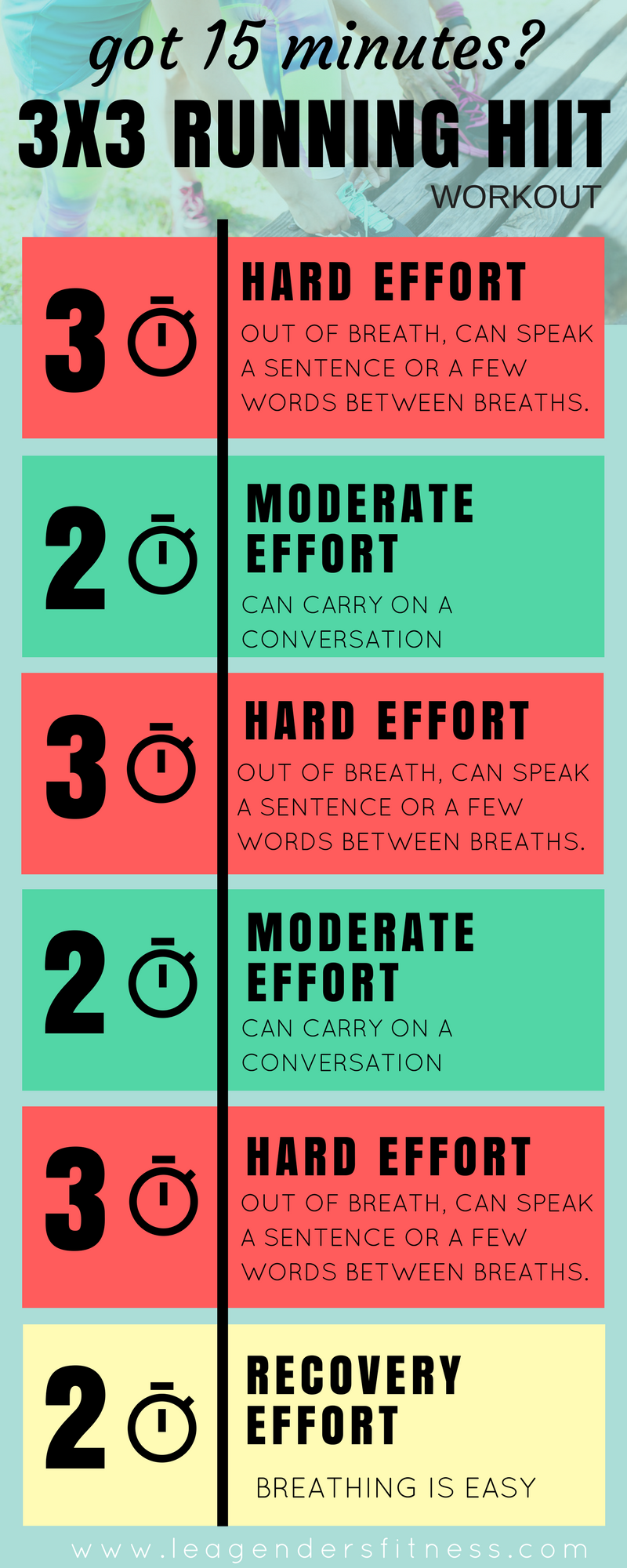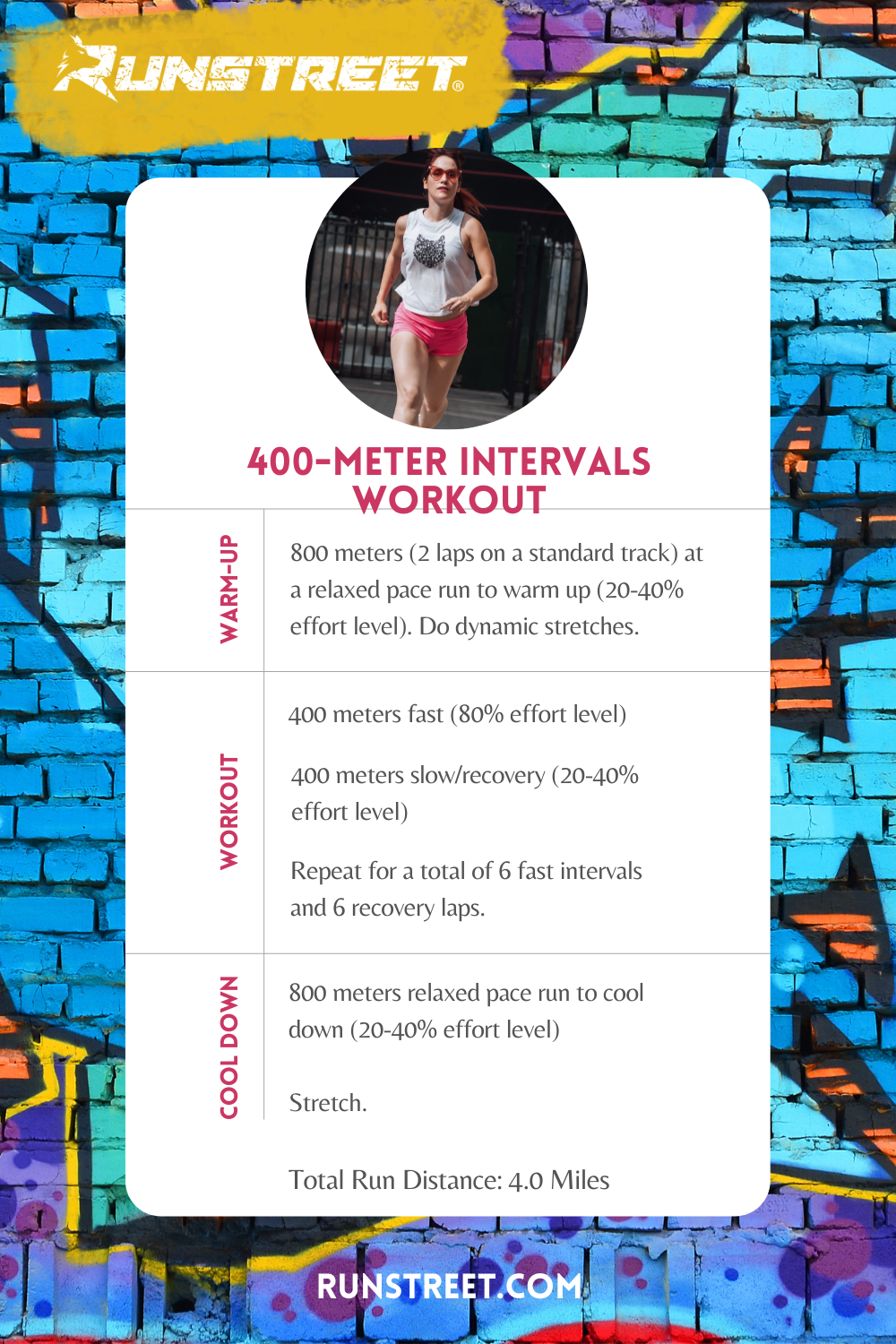Unleash Your Possible: Running Strategy Fundamentals for Peak Performance
Wiki Article
Conquering Discomfort in Operating: Techniques and Methods That Work
Discomfort is a typical companion for lots of joggers, typically working as a barrier to achieving their preferred goals. However, with the appropriate methods and techniques, it is feasible to get over and even avoid the discomfort related to running. By exploring numerous methods such as comprehending the various kinds of running pain, enhancing shoes and kind, integrating cross-training and toughness exercises, executing effective recuperation approaches, and keeping correct nourishment and hydration, joggers can potentially relieve their discomfort and improve their general running experience.Recognizing Various Kinds Of Running Pain

One more kind of running discomfort is joint discomfort, which can show up as a sharp or throbbing pain in locations such as the knees, hips, or ankle joints (running workout). Joint pain may be brought on by elements like inappropriate running form, overuse, or underlying conditions like joint inflammation (check this link). It is essential to separate between muscle mass discomfort and joint discomfort, as the latter may require medical attention to stop additional injury
Recognizing the various kinds of running discomfort is crucial for reliable management and avoidance techniques to make certain a secure and satisfying running experience.
Appropriate Shoes and Running Form
To maximize efficiency and lower the risk of running-related injuries, selecting proper shoes and maintaining correct running form are necessary elements for runners of all levels. It is recommended to pick running shoes that are especially created for the individual's foot kind, running stride, and the kind of running task they engage in.
Cross-Training and Stamina Exercises
Stamina workouts, like squats, lunges, and core exercises, play a critical role in supporting muscles and enhancing running efficiency. They can deal with muscular tissue discrepancies, enhance agility, and enhance power result, all of which are crucial for running performance.It is important to enable for adequate rest between running sessions and cross-training activities to prevent overuse injuries. By integrating these elements into a running routine, runners can construct a stronger foundation, enhance efficiency, and delight in a much more lasting running experience - this website.
Recovery and Relax Strategies
Having developed the relevance of cross-training and strength workouts in a thorough running regimen, interest can currently be routed towards Recovery and Rest Methods as essential elements for enhancing performance and decreasing the danger of injuries. (running strategy)Healing after running is critical for muscle mass repair work and growth. Methods such as foam rolling, stretching, and massage assistance in reducing muscular tissue discomfort and improving flexibility. Appropriate rest in between runs permits the body to recoup and adapt to the physical stress, avoiding overuse injuries.
Including active recuperation days into a training schedule, where low-intensity activities like walking or cycling are done, can improve blood circulation and promote recovery without putting excess pressure on the muscle mass. In addition, proper hydration and nutrition play a vital role in the healing process by renewing lost fluids and nutrients.
Quality rest is an additional necessary element of recuperation that need to not be forgotten. During rest, the body goes through fixing and regeneration processes, adding to overall physical and mental wellness. By focusing on recuperation and remainder strategies, joggers can maintain ideal performance levels and minimize the likelihood of experiencing pain or injuries.
Nourishment and Hydration for Runners
Exactly how can runners optimize their performance via proper nutrition and hydration methods? Nutrition and hydration are crucial aspects of a jogger's training program, playing a critical role in efficiency, endurance, and recuperation. To improve performance, runners must concentrate on eating a well-balanced diet plan that consists of carbohydrates, proteins, healthy fats, vitamins, and minerals. Carbohydrates provide energy for running, while healthy proteins aid in muscle repair and recovery. Healthy and balanced fats support total health and assistance in soaking up vital nutrients. Adequate hydration is also necessary to preserve optimum efficiency, as also mild dehydration can adversely affect running efficiency. Joggers must drink water before, during, and after their runs to remain hydrated. Electrolytes, such as salt and potassium, are additionally essential for maintaining liquid equilibrium and muscular tissue function - running workout. Additionally, timing meals and snacks properly prior to runs can help protect against stomach discomfort and offer the necessary energy for peak efficiency. By focusing on their nourishment and hydration, runners can boost their endurance, quicken recovery, and perform at their ideal.Final Thought
Finally, by recognizing the numerous sorts of running discomfort, using proper shoes, keeping proper running kind, integrating cross-training and strength exercises, prioritizing healing and rest, and concentrating on nourishment and hydration, runners can efficiently get rid of discomfort and improve their performance. Applying these strategies and methods can help joggers avoid injuries, enhance browse around this web-site their endurance, and inevitably appreciate a more meeting running experience.Report this wiki page